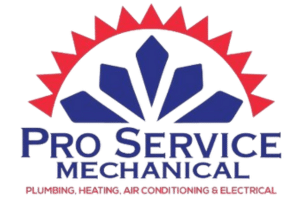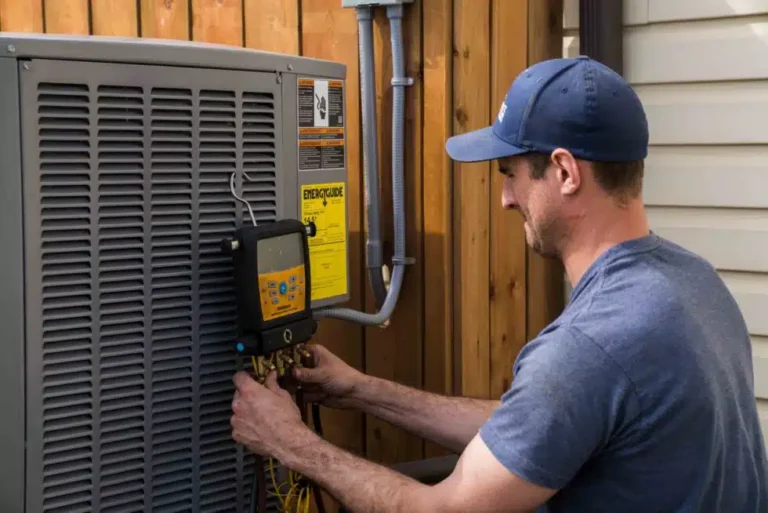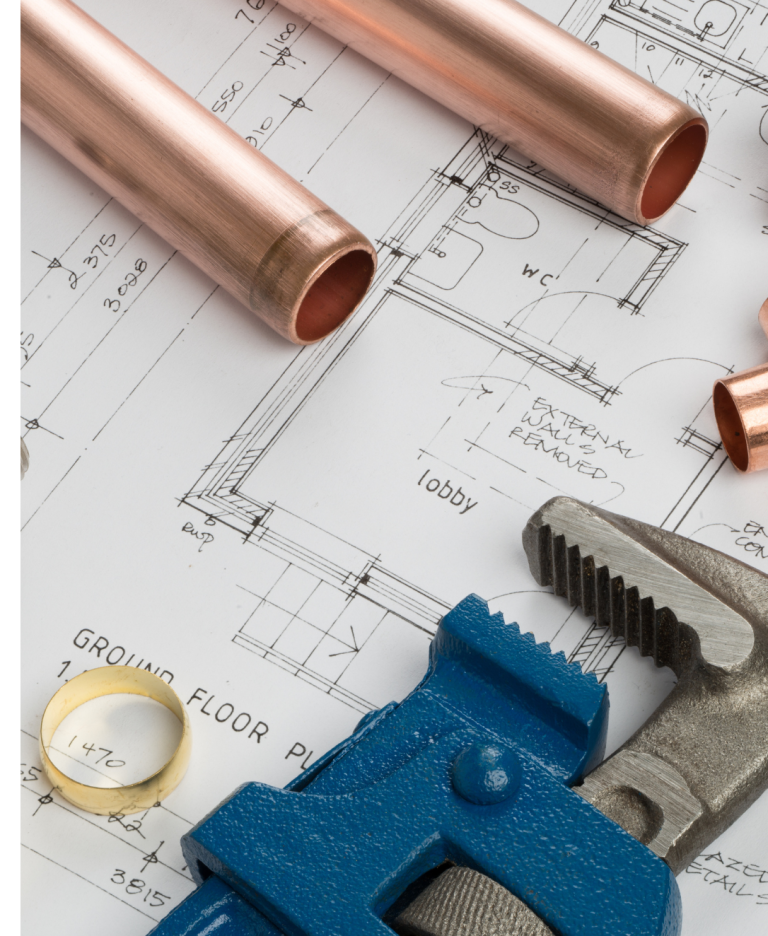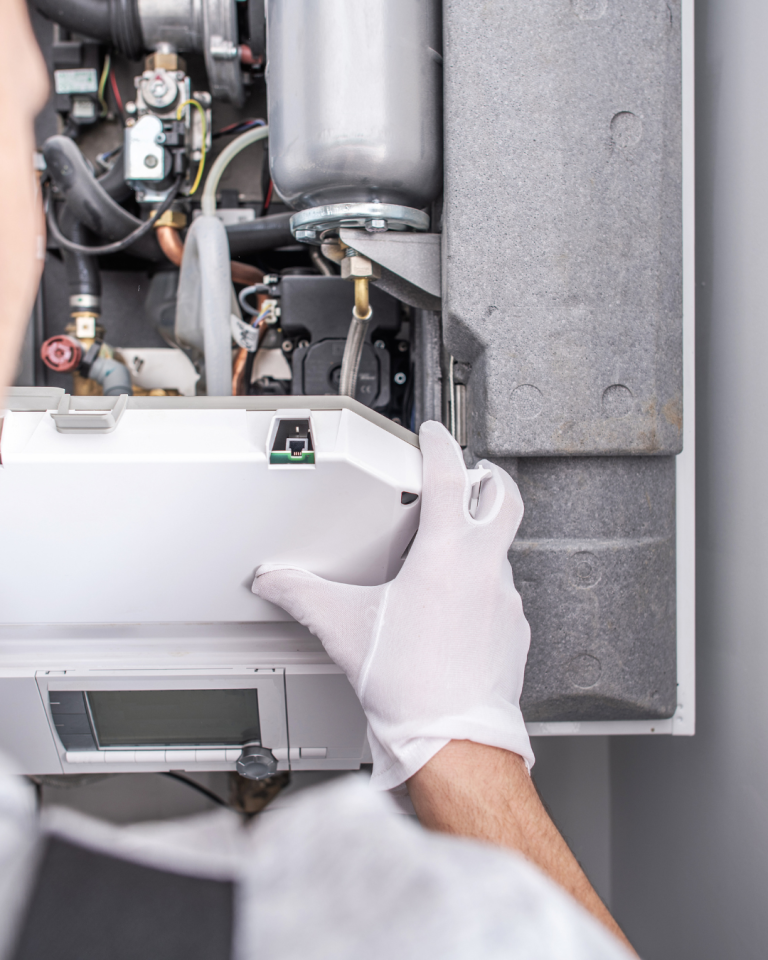When I show up to a no-heat or poor-heat call, I’m not guessing. I follow a proven diagnostic flow that finds the true cause fast and makes the fix stick. It starts with safety, moves through combustion and airflow, then finishes with electrical and efficiency tuning. The result: fewer “we’ll be back” visits and a clear explanation you can trust.
Safety First: Gas Leaks, CO Levels, Venting, Rollout
Safety always comes before comfort. I begin with a gas leak check around the appliance and piping, then confirm carbon monoxide (CO) levels are safe at the furnace and, when needed, in the living space. I inspect venting for blockages, backdrafting, or damaged sections that could send combustion gases where they don’t belong. I also verify flame containment and rollout protection, ensuring the flame stays inside the heat exchanger and that rollout switches function properly. If anything in this stage fails, I address it immediately—because no repair is worth doing if the system isn’t safe to run.
Combustion: Flame Signal, Igniter, Gas Valve Operation
Once safety checks out, I confirm the flame is healthy and reliable. A strong flame signal tells me the burner is igniting cleanly and the sensor is reading correctly; a weak signal points to contamination, misalignment, or a failing sensor. I test the igniter for resistance and consistency—if it’s near end of life, I’ll show you why and recommend replacement before it strands you on a cold night. Then I verify gas valve operation and inlet/outlet pressures, so the appliance is burning the right amount of fuel for the conditions. This is where many intermittent “sometimes it lights, sometimes it doesn’t” problems are solved for good.
Airflow: Filter, Blower Wheel, Static Pressure, Duct Leaks
Great combustion without airflow is like a race car with flat tires. I check the filter first—wrong size or a too-restrictive MERV rating can choke the system. Next, I inspect and, if needed, clean the blower wheel; dust buildup reduces delivered airflow and raises energy use. I measure static pressure across the system to see what the ductwork and components are actually doing under load. High static tells me we’re pushing against restrictions; low static can expose leakage or undersized returns. I also look for obvious duct leaks and imbalances that starve certain rooms. Dialing in airflow protects the heat exchanger, prevents short cycling, and restores comfort throughout the home.
Electrical: Control Board Codes, Limit Switches, Wiring
With gas and air dialed in, I verify the signals that make everything start, run, and stop on cue. I pull control board codes and test components under live conditions rather than guessing from a chart. Limit switches, pressure switches, and safety interlocks are checked for proper function, not just continuity. I inspect wiring for heat damage, loose connections, and mis-terminated conductors that can create intermittent failures. If a board or sensor is faulty, I’ll prove it with data, explain it in plain language, and replace only what’s necessary.
Efficiency: Temperature Rise and Heat Exchanger Condition
The last pass is about performance and longevity. I measure temperature rise and compare it to the manufacturer’s spec, then adjust blower speeds or fuel settings (where applicable) to hit the target. I evaluate the heat exchanger condition—visual checks, mirror/borescope where appropriate, and corroborating readings—to guard against cracks or hotspots that shorten equipment life and threaten safety. These final tweaks are why your system runs quieter, heats more evenly, and costs less to operate after I’m done.
The Process That Saves You Time and Money
I use a step-by-step diagnostic that balances speed and thoroughness. That means fewer “we’ll be back” visits and a clear explanation you can rely on. You’ll know exactly what failed, why it failed, and how we’ll prevent it from happening again. From the first gas check to the last efficiency tune, every step is designed to protect your home, restore comfort quickly, and make the repair last through the coldest nights.




